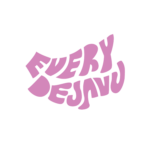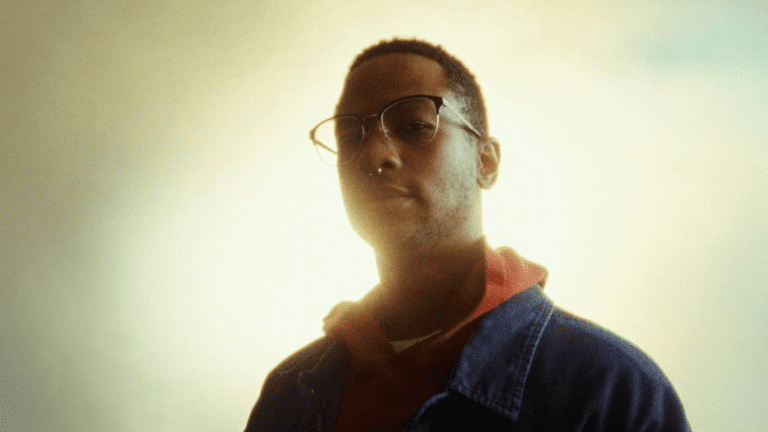Composer Markus Floats—born Markus Lake—is one of those artists where even if you think you have a good idea of what they may be categorically, you might be wrong. Listening to the first few projects he released on Bandcamp, you may conclude it is merely synth music, yet somehow that doesn’t cover it. All it really does is offer you a window into the creation of his work and the wild ways it blooms around its star instrument. The simply-titled album Fourth Album doesn’t make labeling it any easier—unless you count electroacoustic music as such—but it does pose an interesting experience as it skips from glitch to jazz and back.
On this album, there are two different introductions, but where the song titles indicate that the first half carries an afterlife theme, the second half can only reveal itself the further you listen. With track titles; “Death,” “Death (pt 2),” “AS ABOVE,” and “SO BELOW,” Actress’ God/afterlife-inspired album, R.I.P., might come to mind, but while they carry the same genre bucking trends, Fourth Album flaunts the embrace of the classical. The first “Introduction” kicks things off with percolating keys and a warm, mysterious pad that later explodes into a flower of soaring synths and violins, the latter provided by Ari Swan, one of a few members that are a part of the Egyptian Cotton Arkestra. All of this takes place before capsizing back into itself with abstract keys.
The spiritual jazz-channeling “AS ABOVE” skitters with saxophones blaring from every direction—courtesy of another fellow Egyptian Cotton member, James Goddard—fading in and out to screeching violins. “Death (Pt. 2)” enters via crawling synth drones, occasional ringing of mbiras—also provided by Goddard—and lilting violins. This makes for a melancholic cloud of sound that approaches an air of darkness before closing the entire composition with sublime saxophone trilling. Musically, the best song to compare this to is Alice Coltrane’s transcendent “Battle to Armageddon.”
Fourth Album flips from tranquil to sharp with the orchestrated, anxious waltz of “SO BELOW.” Where past saxophone and synth choir blends felt like a lull into a false sense of calm, “SO BELOW” invites you back into the madness of what is taking place. Said madness continues with “Heaven Is Each Other,” but delivered with a pendulum-swinging pace. The song begins with everything coming to a head before dissolving into instrumental fragments and returning right back when you least expect it.
“Second Introduction” helps to set the scene for Act Two with dissonant whirlwinds of violin and synths. The driving rhythm, courtesy of Lucas Huang, aids the brief but no less impactful “Wands.” What Act Two introduces may not be clear until: 1) you have read the album synopsis, where Floats discusses the frustration of going it alone artistically and needing to collab with other people; and 2) you reach “C,” a composition that samples the poetry of Fred Moten. In said poetry of Fred Moten, themes of community poke out from underneath the keys.
Samples of Moten saying, “Let’s get together to see how we can figure it out,” pop up multiple times within the composition, and for good reason. Floats created this album as a means to break the routine of creating music in isolation and embrace community. Thankfully, upon doing so, said community never gets in the way of the music. No “too many cooks” situations had here!
While all of this does not make categorization any easier (Spiritual jazz? Electroacoustic music? Ambient?), all you have to do is slip on your headphones and realize how little that matters. Fourth Album is an album that blends atonal jazz with the melded wildness of folktronica and the grandeur of progressive music to make one of Floats’ most complete musical statements.






